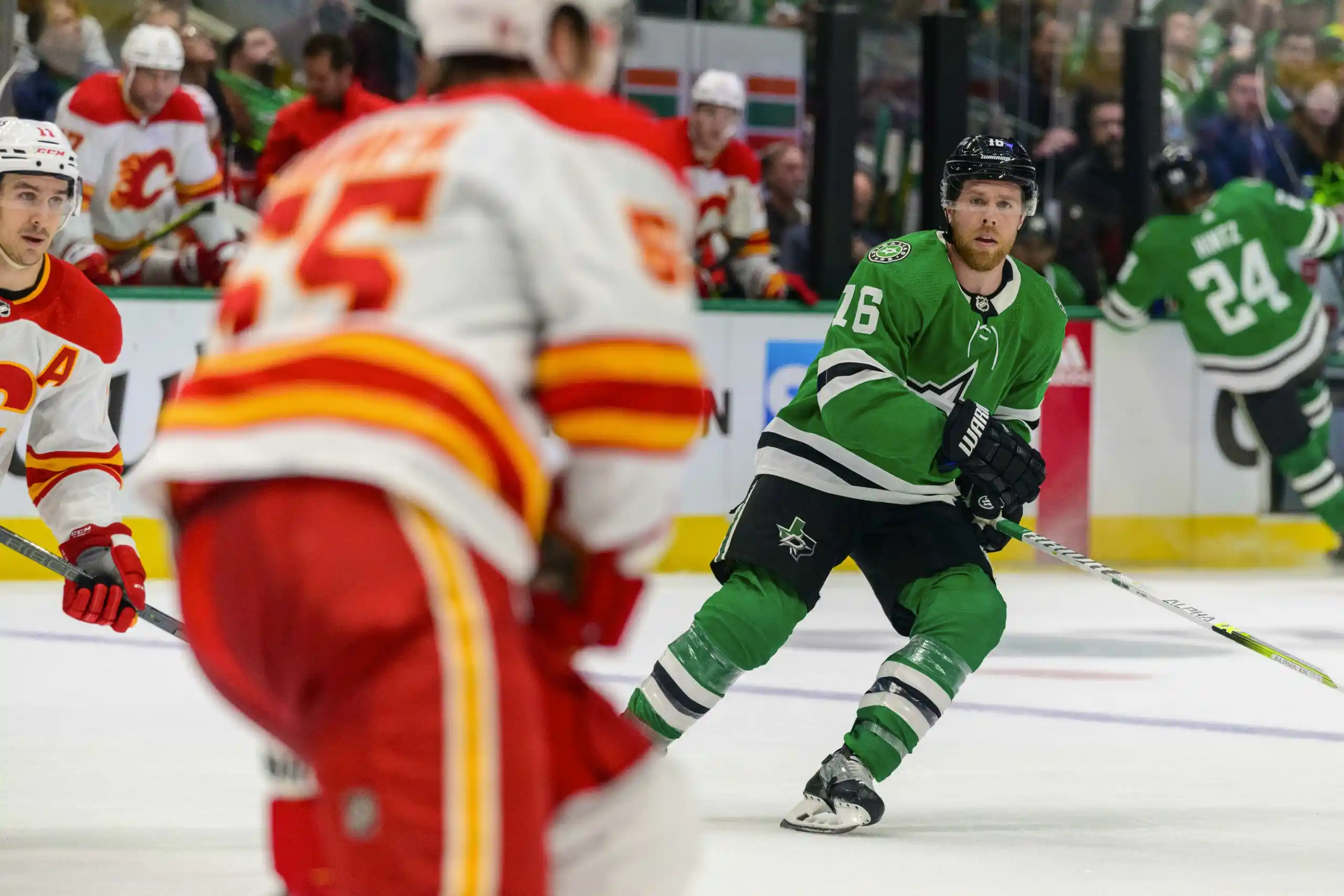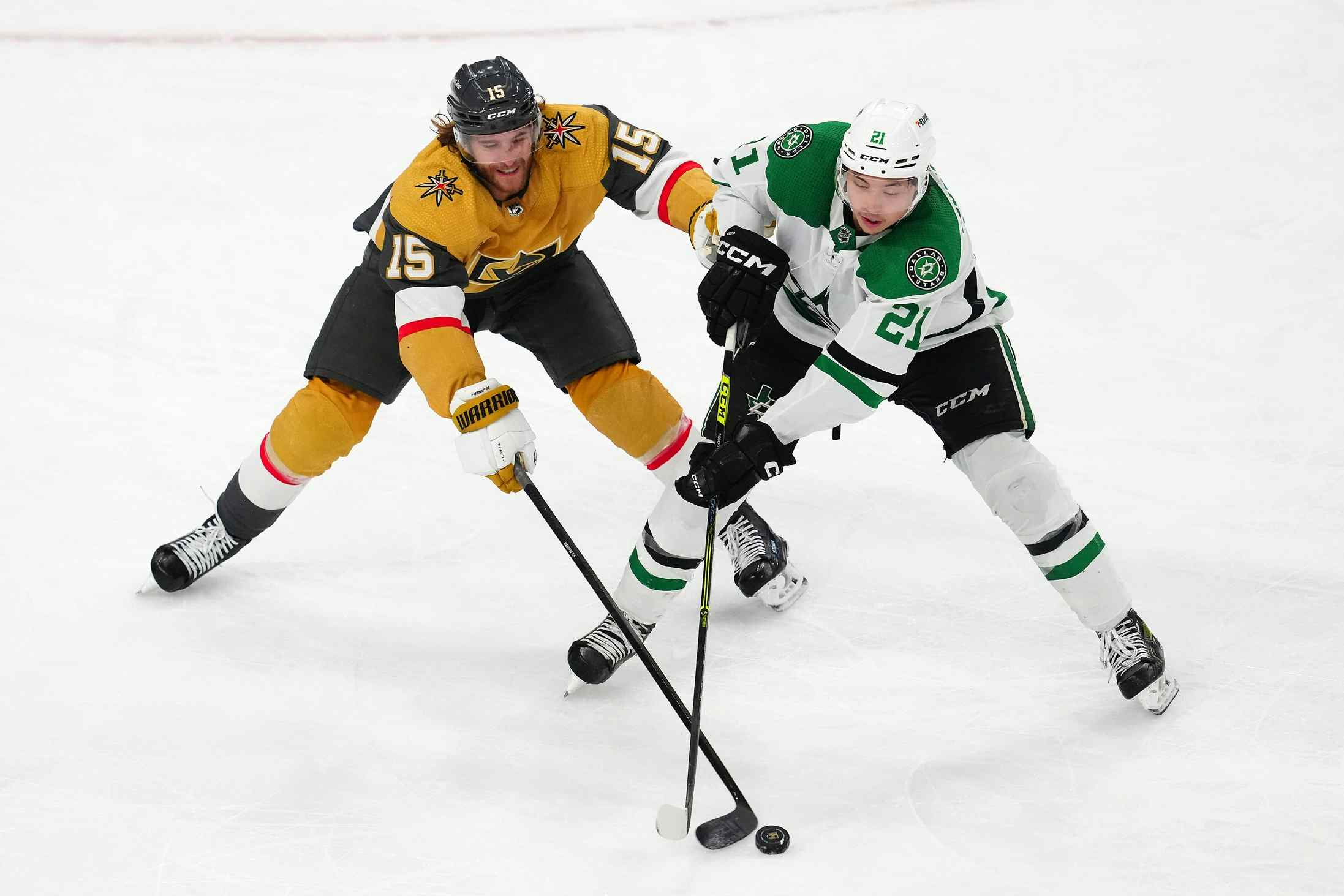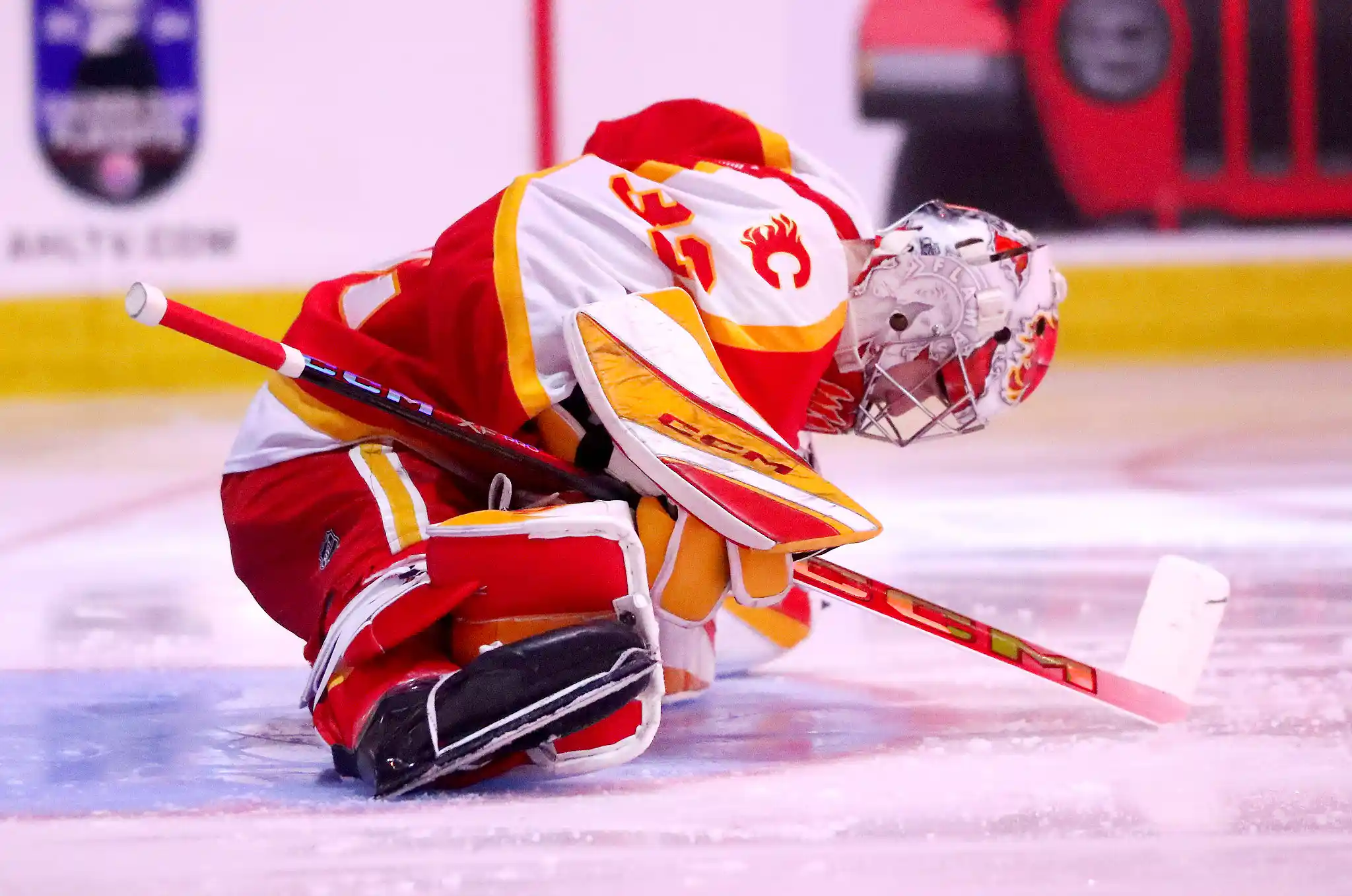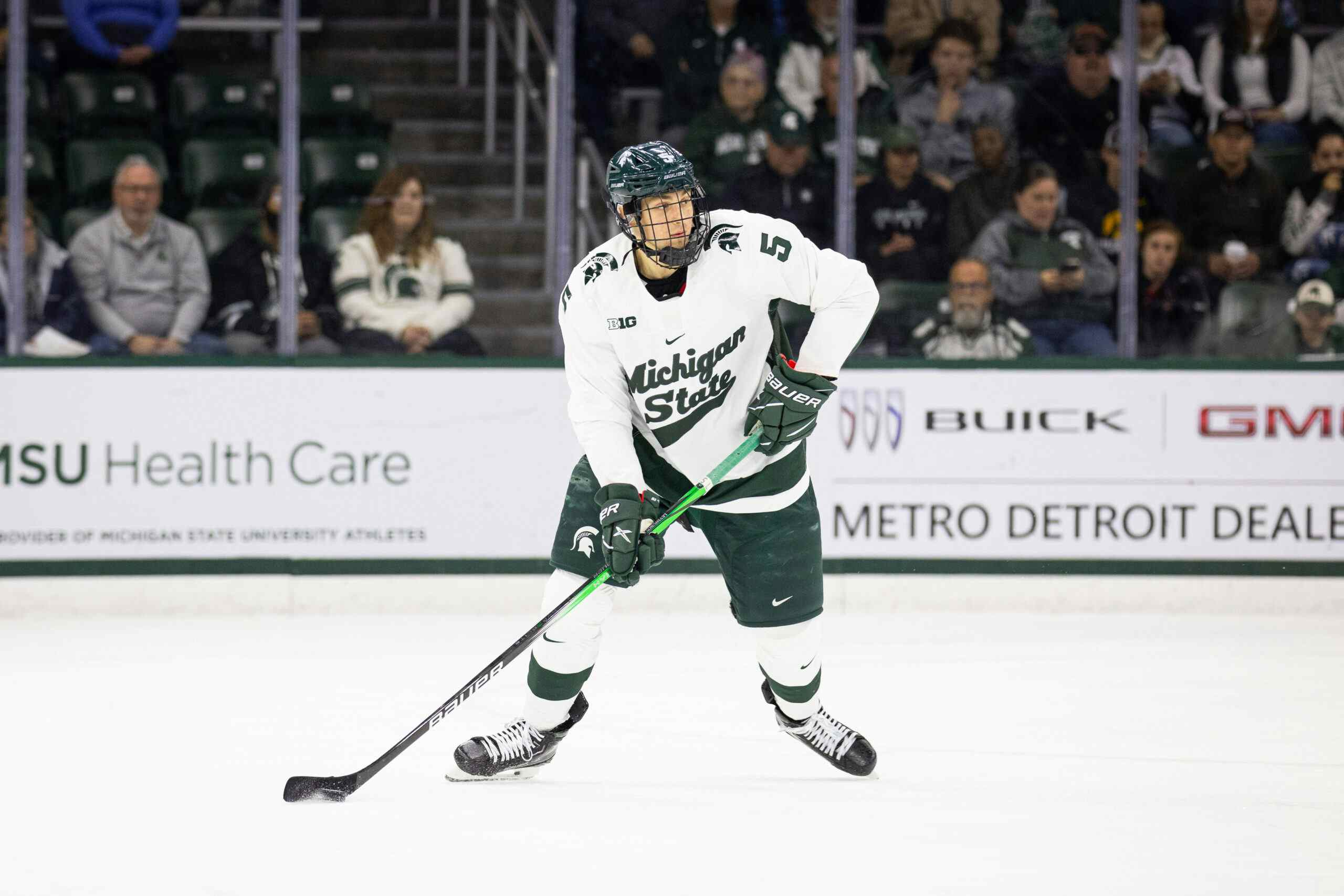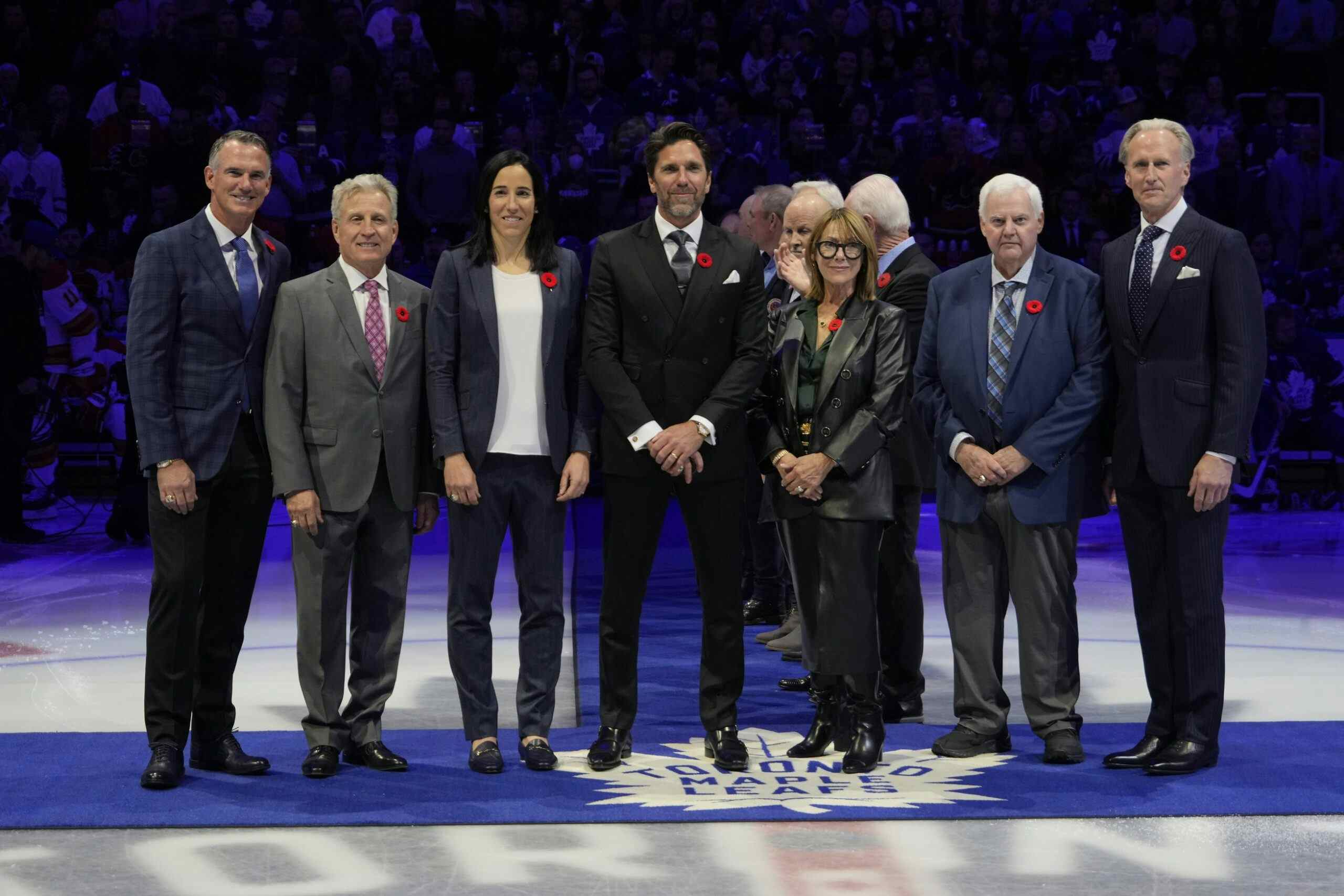FlamesNation Player Evaluations: Matt DeBlouw, Tim Harrison, John Gilmour
By Ari Yanover
7 years agoIt’s always awesome when late round picks turn out, but those guys are the exception, not the norm. The further you get into the draft, the more likely it is you’re in a crapshoot. If it works out, then awesome; if not, then no harm, no foul, because late picks aren’t worth much, anyway.
In 2012, the Flames used their seventh round pick on a kid coming out of the USHL named Matt DeBlouw. He committed to Michigan State University. In 2013, the Flames used sixth and seventh round picks to pick up two more NCAA players: Tim Harrison and John Gilmour.
DeBlouw and Gilmour will be free agents on Aug. 15; Harrison still has another year to go. The chances of the Flames retaining any of their rights, though, aren’t great.
Season summary
DeBlouw had his most productive collegiate season since his freshman year. Back then he scored 21 points over 42 games: third in team scoring, despite being one of the youngest players on his team. He was limited to just four assists the following season, though; then 13 points over 35 games as a junior, and finally, nine goals and 17 points through 28 games as a senior.
His points per game was the highest it had been throughout his college career: .61, compared to the .50 of his freshman year – but that’s still not very much at all.
Michigan State finished fifth out of six in the Big Ten Conference this season.
Harrison wrapped up his junior season at Colgate University. It was his third year in a row of improved offensive totals: from five assists in 34 games as a freshman to 11 points through 37 games as a sophomore, up to eight goals and 17 points in 36 games as a junior. He’s gone from .15 points per game to .30 to .47 this past season.
Colgate finished 10th out of 12 teams in the ECAC.
Gilmour was drafted after he completed his freshman season alongside Mark Jankowski and Jon Gillies at Providence College. With nine goals and 23 points through 34 games in his senior year, he had the most productive college season of his career: .68 points per game, a solid leg up from his .37 point per game junior season, and .46 point per game sophomore year.
Providence was coming off of a championship season from Gilmour’s sophomore year when they won the Frozen Four. They still had a really good season in the regular year, finishing second in the Hockey East behind Boston College. However, defending their championship wasn’t in the cards, as Providence fell in the regional semifinals to Minnesota-Duluth by a score of 2-1 in a double overtime game. Gilmour did not score in it.
Impact on team
Unlike his freshman season, when DeBlouw was one of Michigan State’s top scorers, as a senior, he was eighth in scoring.
To be fair, he played fewer games than everybody above him. However, that still only put him at fifth on his team in regards to points per game – and as a senior, that’s still not particularly good. Although 13 of his 17 points were primary, so he was doing his fair share of creating.
DeBlouw did register 72 shots on net for a rate of 2.6 per game, which was third on the team. He has also been reportedly rather strong defensively, with good faceoff skills.
Harrison has steadily climbed up through his team scoring ranks. As a freshman, he was 18th in Colgate scoring. As a sophomore, he was 11th. As a junior, he climbed up to sixth, with all but one of his teammates above him older than him.
Twelve of his 17 points were primary. He had 77 shots on net through his junior year: just over two per game, and well below his higher scoring teammates, three of whom had more than 100 shots, and a fourth who had 93.
When it comes to Providence defenders, Gilmour was second in scoring: five points back of sophomore Jake Walman, who played seven fewer games. He had been fourth in team defencemen scoring in his junior year, and but actually led as a sophomore.
Gilmour finished his season with 66 shots on net, which was well behind Walman (110) and fellow defender Tom Parisi (82). He had 15 primary points, which was modest production – but a higher percentage of secondary assists than his fellow defencemen.
What comes next?
The tough thing here is that contract spots are at a premium. Not every prospect a team drafts gets signed, nor should they be.
The Flames still have a year to wait for Harrison, but as things stand right now, barring an absolutely monstrous senior year from him, his chances of getting an NHL contract don’t seem particularly great.
DeBlouw and Gilmour are of greater priority, though: they’ll be free agents in just a little over two months if not signed. But do you spend contract spots on them?
For DeBlouw, the answer is pretty easy: no, you probably do not. His scoring is seriously not up to par, and for whatever defensive abilities he holds, the Flames likely have better prospects already who have also had no problem contributing offensively as well.
Gilmour is a trickier question. He had a pretty good senior year, but the Flames’ defensive cupboards are already getting rather full. There’s Tyler Wotherspoon, Brett Kulak, Ryan Culkin, Patrick Sieloff, Kenney Morrison, Rasmus Andersson, Oliver Kylington, Keegan Kanzig – where does Gilmour fit in among that group?
If anyone is interested in beginning a professional hockey career, Stockton or Adirondack could be options – but as far as NHL deals go, nobody in this group is probably worth it at this point in time.
Recent articles from Ari Yanover

